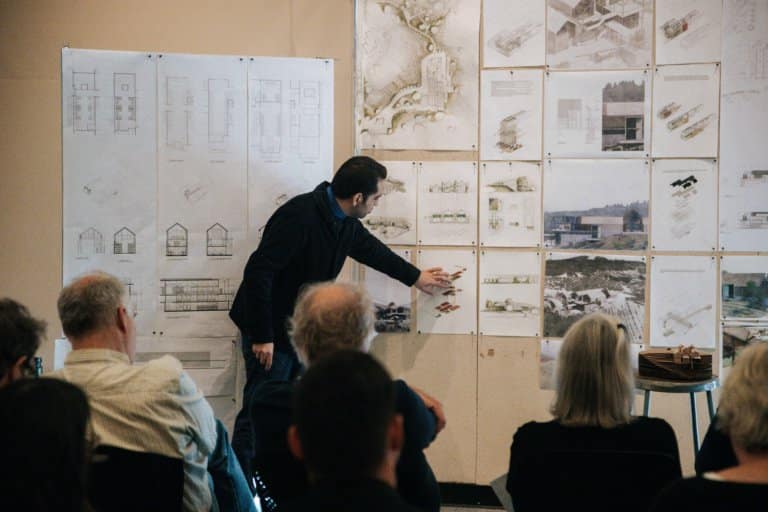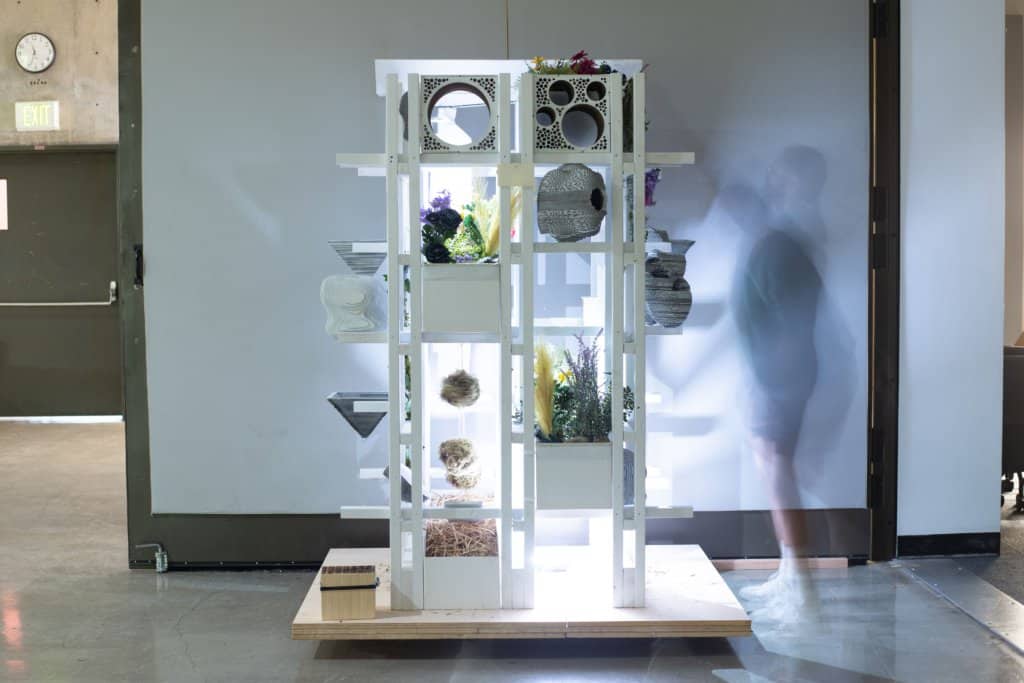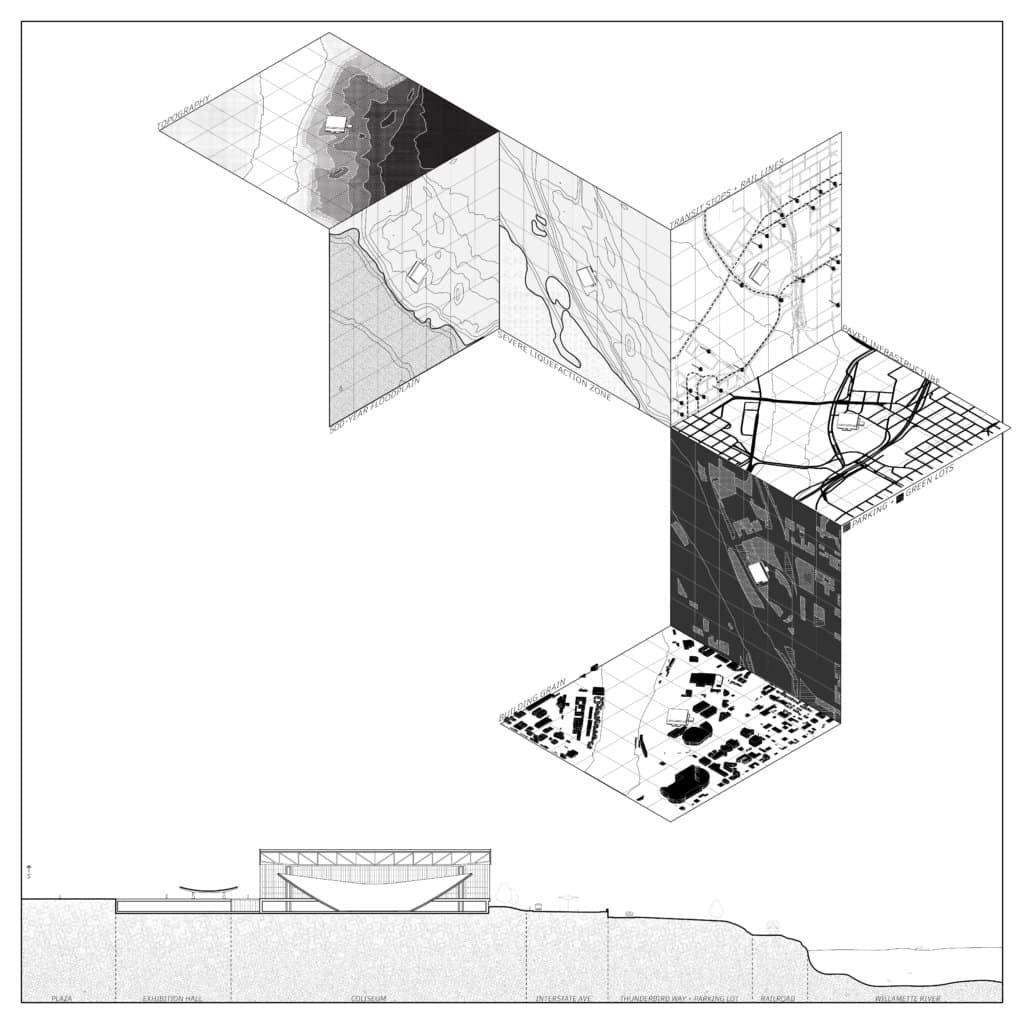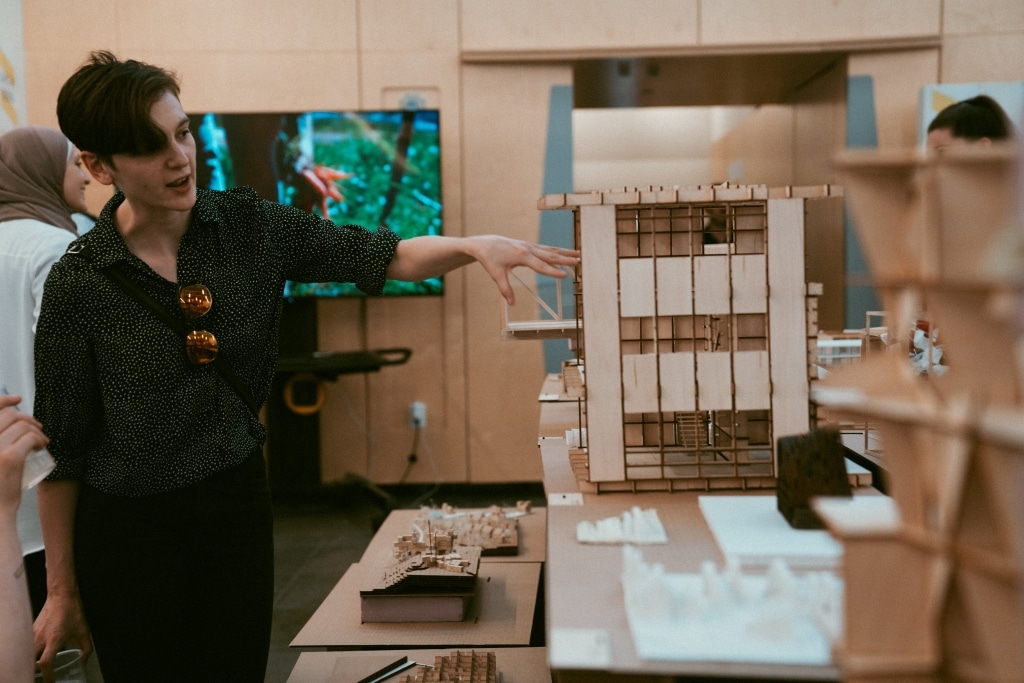
Sustainability is more than just a buzzword. Practice and policy in multiple industries are increasingly incorporating the United Nations’ Sustainable Development Goals. Architecture is no different — architects and built environment experts are being called upon to build future cities and urban living environments in ways that do not deplete natural resources.
US universities are part of this green movement. Research groups are exploring whether we can design a single city for seven billion people and how we can use low-carbon construction materials to build fully solar-powered houses, among many others. At these future-forward institutions, students are challenged to produce smart designs, combining both the use of existing natural resources and technology to find innovative solutions to today’s and tomorrow’s challenges.
There’s no better place than the US for these students to strive for such breakthroughs. Here, buildings that uphold the sustainability standard in the country are awarded the LEED (Leadership in Energy and Environmental Design) certification under the US Green Building Council. Companies such as Brooks + Scarpa and BNIM are coming up with creative yet sustainable architectural designs that honour and take full advantage of their natural surroundings. The US government is a strong supporter of green buildings as well, offering companies and organisations funding opportunities to encourage sustainable designs.
If you seek to make a difference through architecture, the following US universities offer the best start:
University of Oregon
The University of Oregon’s Department of Architecture is a leader in environmental design and sustainability, with a special focus on spatial and climate justice. The department is home to leading authors on sustainability and social justice. Many faculty have been recognized for the quality of their teaching including Professors Howard Davis and Alison Kwok who are Association of Collegiate Schools of Architecture (ACSA) Distinguished Professors, a recognition for those who have shown “positive, stimulating, and nurturing influence upon students.”
The presence of leading academics is boosted further by the Design for Spatial Justice Initiative fellowship program. This not only supports visiting faculty scholarship at the intersections of gender, race, sexuality, and economic inequality, it also encourages students to think critically about the practices of environmental design, sustainability and social justice.

Bruton Design Intensive, “Trans-Species Façade: A Vertical Meadow for Urban Pollinators”, Summer 2022, Eugene, Oregon.
These experts and UO researchers are leading state-of-the-art research that directly contributes to the future of design of buildings and cities. These include the TallWood Design Institute, Urbanism Next, Institute for Health and the Built Environment and Energy Studies in Buildings Laboratory.
Choose to study here and you’ll be able to solve real-world problems with UO’s luminaries working on cutting-edge research projects. A UO architecture degree is NAAB-accredited — a testament to the department’s long track record in successfully preparing students to be actively engaged in the practice of architecture in the Pacific Northwest (PNW) and across the world. UO Architecture graduates are leading architecture firms across the world. These are the individuals making a mark in the industry with their deep understanding of the principles and practices of environmental design, sustainability and social justice.

Urban Violence Lab, Advanced Architectural Design Thesis Studio, Winter 2023, Portland, Oregon.
Such impressive offerings and achievements have not gone unnoticed. The university ranked 111–120 out of 352 universities for best US schools in the QS World University Rankings 2021 and ranked 201–220 in the Architecture and Built Environment category.
In the 2019 Design Intelligence Rankings, UO Architecture ranked 4th in undergraduate and 10th in graduate programs for “Healthy Buildings” and for “Sustainable built environments/adaptive design/resilient design”, UO Architecture ranked 4th in undergraduate and 7th in graduate programs.
Apply to the University of Oregon Department of Architecture today.
Georgia Institute of Technology
Ranked #21 in the world for architecture under the QS World University Rankings 2021, the School of Architecture at Georgia Institute of Technology offers both undergraduate and NAAB-accredited postgraduate programmes in architecture.
Students gain a studio-based design education that combines both creativity as well as technological knowledge, challenging their ability to seek and solve problems related to the built and inhabited environment. They will also learn from an array of subjects such as calculus, design and history.

Students at Georgia Institute of Technology learn from a studio-based design approach. Source: Georgia Institute of Technology/Facebook
The university is actively carrying out research in key specialisations in architecture, culture and behaviour, design technology, history, theory and criticism as well as urbanism. Research is backed up by impressive labs and centres with no shortage of facilities to propel more novel discoveries.
For instance, the School of Architecture works closely with two College of Design research centres, the Digital Building Lab and SimTigrate Design Lab. Other research facilities such as the Hinman Research Building and Digital Fabrication Lab support faculty research and research-based studios and seminars.
Research work is open to all architecture students and they are given opportunities to showcase their best work during the End of Year show. Some of these projects include Building Architectural Landscapes and museums as interactive environments.
Turn your architecture dream into a reality with Georgia Institute of Technology here.
University of Arizona

The University of Arizona’s School of Architecture has over 190 industrial links for internship opportunities.
Source: University of Arizona/Facebook
Located in the breathtaking landscapes of the Sonoran Desert, the University of Arizona’s School of Architecture offers a NAAB-accredited two- or three-year Master of Architecture programme and a STEM-designated 18-month, research-oriented Master of Science in Architecture.
Sustainability is at the core of their architecture programmes. All are driven by research, led by an outstanding faculty and made engaging through experiential learning such as internships and Design Studios. Faculty members are leaders in their field actively contributing to both academia and their communities.
The university receives US$1.04 million in research expenditures from sponsored projects, state funding and UArizona initiatives. The 9,000 square-foot Materials and Model Lab of the College of Architecture, Planning and Landscape Architecture (CAPLA) provides students with a professional environment with equipment accommodating a wide variety of materials including metals, woods, concrete, ceramics, glass and plastic.
An exciting architecture programme awaits you at the University of Arizona. Apply here.
Thomas Jefferson University
At Jefferson’s College of Architecture and the Built Environment, a new generation of leaders is being nurtured by future-focused guiding principles: sustainability, innovation, interdisciplinary collaboration, social and ethical responsibility, stewardship, design excellence, global perspective, and cultural diversity. These principles create leaders equipped to design and construct in a way that combats challenges while promoting the betterment of its health – a focus emphasised across every programme. The MS in Historic Preservation takes things a step further.
The programme touches on far more than just preserving our earth’s existing wonders. It encompasses the re-envisioning and repurposing of what can be used to ensure future needs are met. In-depth analysis through historical research and graphic documentation moulds the curriculum as a whole.
Exposure, awareness, and rigour train students to assess the condition and evolution of buildings; promote new ways of ordering urban fabric; contribute to healthy communities; and facilitate “place-making” as a catalyst for community revitalisation.

Thomas Jefferson University offers two master’s in architecture programmes. Source: Thomas Jefferson University/Facebook
Case studies on campus and around Philadelphia – old stomping grounds for notable architects Louis Kahn and Richard Noiture – bring the programme to life. Philadelphia – a city known for being the first UNESCO world heritage site in the US, and a hub for modern architecture in the 50’s – make the ideal living laboratory for Jefferson students.
What’s more, the university’s new Centre for the Preservation of Modernism allows aspirants to develop protocols tailored to the distinct characteristics of early and mid-century modern architecture. International exposure is also a key feature as students are given the chance to study the conservation of modernist architecture at the iconic Bauhaus Building in Dessau, Germany or at the Terragni archive in Como, Italy. To learn more about how the MS in Historic Preservation will help you acquire the knowledge and skills to address the challenges facing preservation today, click here.
Alongside this, the Master of Architecture is a STEM-designated programme designed to prepare students for the new challenges of architectural practice. Through the development of technology and design skills, knowledge of project management and collaborative experiences, students are prepared to be leading practitioners in this complex world. Its convenient location in Philadelphia also provides opportunities for experiences with industry partners.
*Some of the institutions featured in this article are commercial partners of Study International










